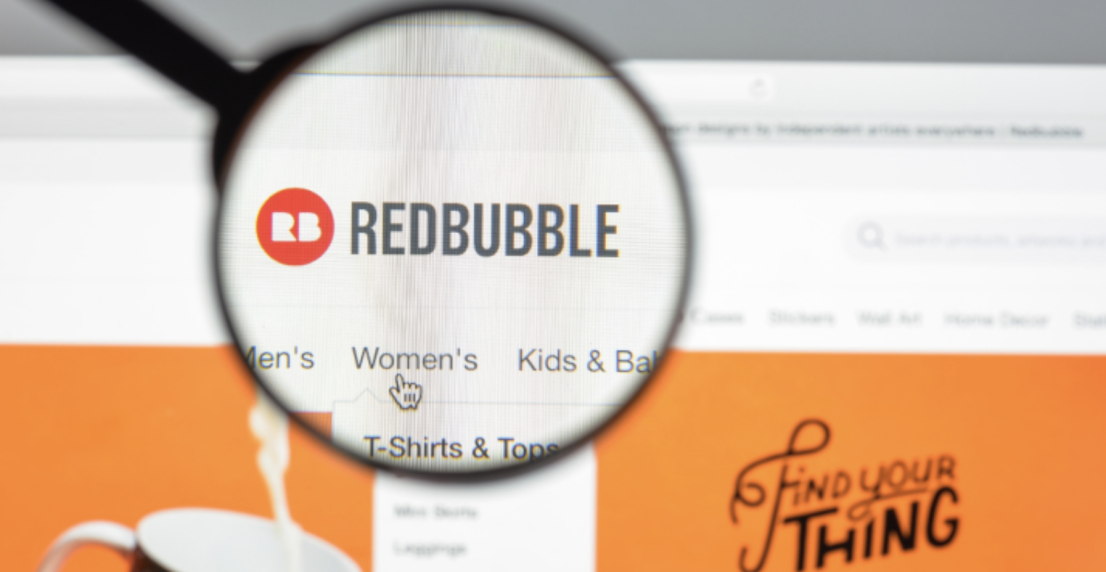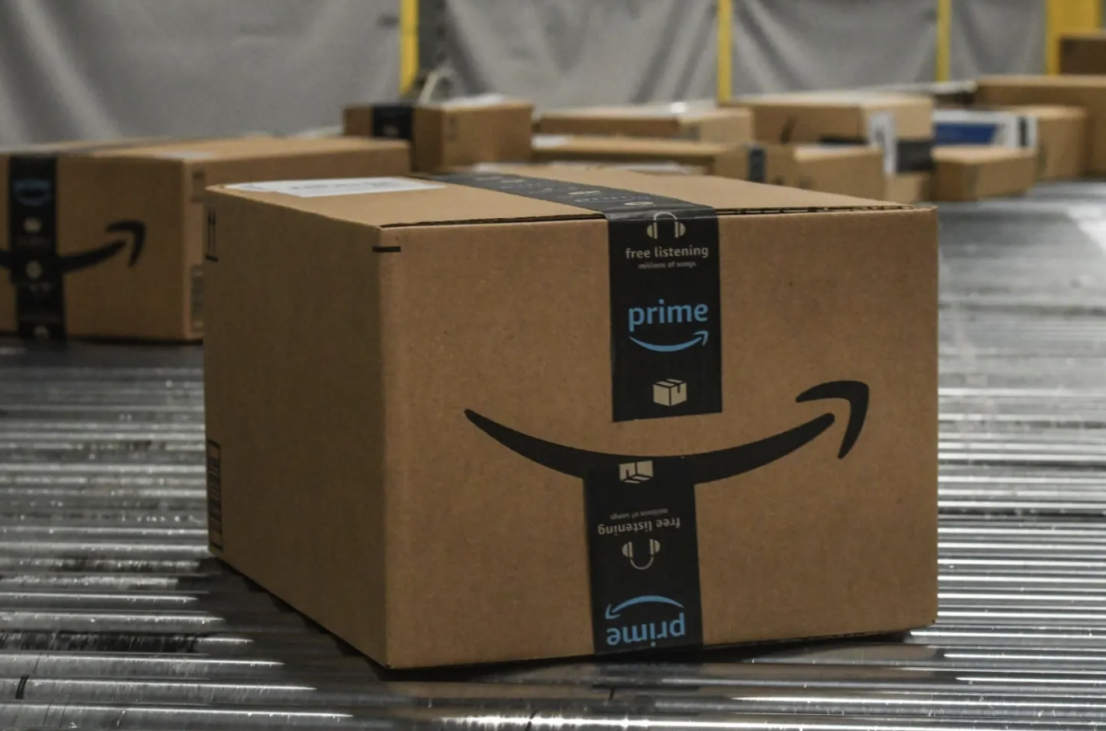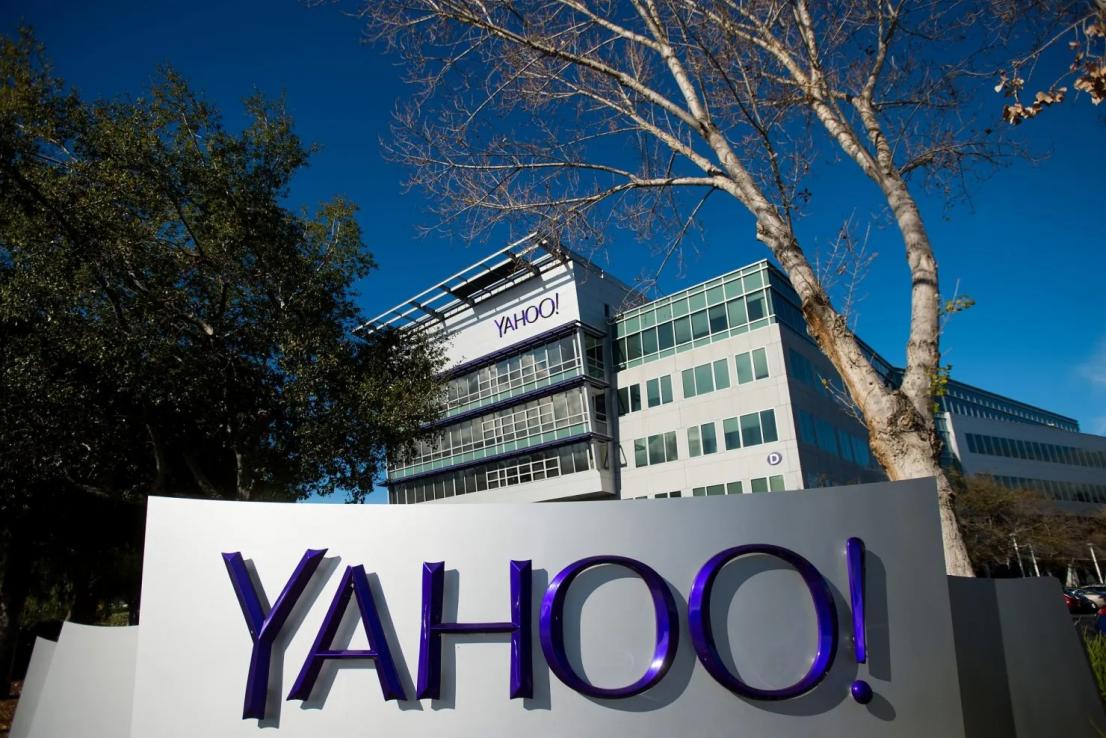
Apple has announced its first extended reality headset, alongside a stack of new computers and a first look at its latest iPhone software, at its annual developer conference in California.
The highly anticipated Vision Pro, which Apple refers to as a “spatial computer” rather than using any of the terminology established by other headset makers, is the tech giant’s first major new product category since the Apple Watch almost a decade ago.
It uses a dial above the user’s ear to adjust the mix of real world and computer imagery in their view, and also has a screen on the outside to display the user’s eyes to other people, although this changes to a colourful pattern if the user is fully immersed.
The headset is controlled by a user’s movement, eyes, hands and voice, with no controllers required. It connects to a pocketable battery pack via a cable, letting it run for up to two hours, Apple said. It can also be connected to a power source for longer use.
“Today marks the beginning of a new era for computing,” said Apple chief executive Tim Cook.
“Just as the Mac introduced us to personal computing, and [the] iPhone introduced us to mobile computing, Apple Vision Pro introduces us to spatial computing.
Built upon decades of Apple innovation, Vision Pro is years ahead and unlike anything created before.”
Apple showed off several of its own apps in spatial mode, including Photos, FaceTime and Safari, as well as third-party apps that will be available from the App Store.
Australian app JigSpace, which is enterprise software that allows the creation of 3D presentations in augmented reality, was featured at the event.
Users will also be able to capture and replay immersive video using the headset, or connect to a Mac computer to use virtual displays. The device works with Bluetooth accessories such as keyboards and controllers.
For flat content, such as Disney+ or Apple Arcade games, Apple showed off a mode using a virtual screen up to 30 metres in size. The company has also partnered with ZEISS to create magnetic optical inserts for users who wear glasses.
In the US, the headset will be available in early 2024 and will cost $US3500 ($5290), with Apple saying it will arrive in other countries later in 2024. Specific launch details for Australia have not been announced.
Apple’s entrance into this market could represent a tipping point for headsets, which have been moderately successful as gaming devices but haven’t caught on more broadly. Meta’s popular Quest 2 is set to be succeeded by the $830 Quest 3 later this year, but its enterprise-ready Quest Pro has had a mixed reception. Meanwhile, VR stalwart HTC has proactively introduced an extended reality headset to compete with Apple’s with the $2100 Vive XR Elite.
Alongside the Vision Pro, Apple also announced three new computers.
A 15-inch MacBook Air, which Apple says is the thinnest laptop of its size, is powered by the M2 processor and features an all-new six-speaker audio system. It will release later this month at $2200, while the 13-inch MacBook Air with M2 has had a price drop to $1800.
A refreshed version of the professional-grade Mac Studio includes the option of a new chip, the M2 Ultra, which is also featured in a revitalised Mac Pro desktop computer. The introduction of Apple Silicon to the Pro line eliminates the last traces of Intel chips from Apple’s lineup. The new Mac Studio starts at $3300, while the M2 Ultra Mac Pro starts at $12,000.
In software, Apple announced new features coming to its iPhone via iOS 17 later this year.
Users will be able to create “contact posters” to customise how they appear to others when making a phone call, while “NameDrop” is a new way to exchange contact details by touching two iPhones together.
There will also be a wellbeing-focused journaling app included with iOS 17, and a new mode that turns the iPhone into a smart display when it’s charging and set at a horizontal orientation.
Interactive widgets also featured prominently in Apple’s presentation, showing up on the iPad’s home and lock screens in iPadOS 17, on computers as part of MacOS Sonoma, as well as on wrists as part of a totally overhauled Apple Watch navigation system in WatchOS 10.
From any watch face, users can turn the digital crown to scroll through widgets that are chosen based on context, such as the time of day.
Apple also made an unusual effort to position Mac as a platform for video games, with legendary designer Hideo Kojima appearing to promote a Mac version of his game Death Stranding, and promise additional games of his would arrive on the platform in the future.
MacOS Sonoma will introduce a game mode that optimises performance and reduces latency for certain Bluetooth accessories, while Apple has also created a toolkit that allows creators to more easily port games to work on M1 and M2 chips, which it says will save months of work.










